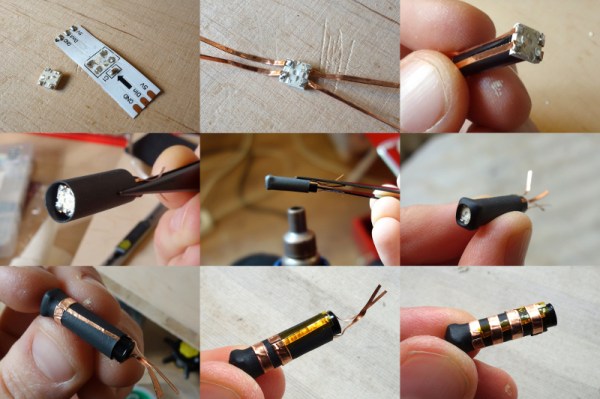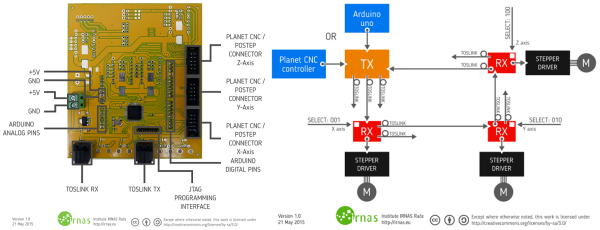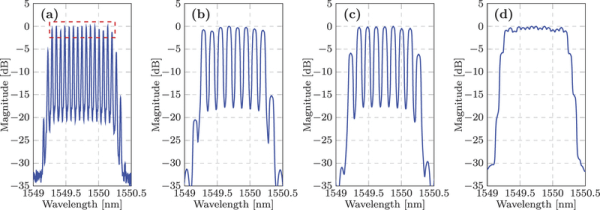While most home networking hardware comes with network ports baked in from the factory, industrial grade gear is typically more versatile. Using standards like Small Form-factor Pluggable, or SFP, network switches can be used with a variety of transport mediums by simply swapping tranceivers in and out. These network devices typically handle the nitty gritty of transmitting Ethernet over fiber optics, and for those keen to experiment, this breakout may come in handy.
The board design comes complete with an SFP receptacle, allowing a variety of compatible receivers to be plugged in for experimentation. With the standard using differential signalling, the board carries hardware to allow the transceiver to be fed with single-ended signals instead, though a differential version is available too. The board can be used for transmitting different signals over fiber, outside just Ethernet, or used as a simple way to reprogram SFP modules via I2C. The latter can be useful to get around DRM in network switches that attempt to lock out generic transceiver modules.
It’s a useful piece of hardware for the fiber optic tinkerer and network admin alike. You might also find it useful if you’re building your own 10-gigabit network at home!


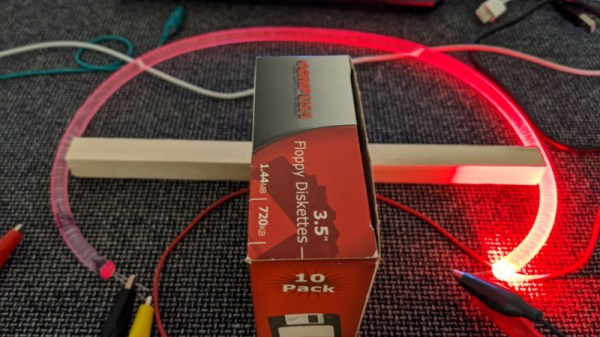
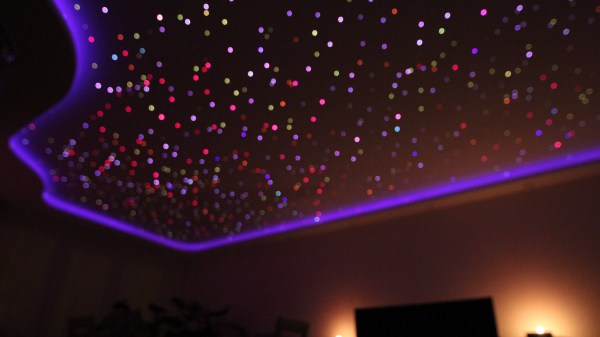

 The wings are a leathercraft project, consisting of a harness worn around the torso. This serves as the mounting point for the fiber optics, as well as the RGB Critter flashlight used to drive the lightshow. Leather parts are lasercut to the right shape, making it easy to create the delicate feather shapes in the design. The pieces are then dyed appropriately and sewn together into the final shape. Bundles of optical fibers are then wound through the harness, sprouting from either shoulder of the wearer. EVA foam is used to help create the right shape for the wings, allowing the different layers to remain separated to create more visual depth.
The wings are a leathercraft project, consisting of a harness worn around the torso. This serves as the mounting point for the fiber optics, as well as the RGB Critter flashlight used to drive the lightshow. Leather parts are lasercut to the right shape, making it easy to create the delicate feather shapes in the design. The pieces are then dyed appropriately and sewn together into the final shape. Bundles of optical fibers are then wound through the harness, sprouting from either shoulder of the wearer. EVA foam is used to help create the right shape for the wings, allowing the different layers to remain separated to create more visual depth.